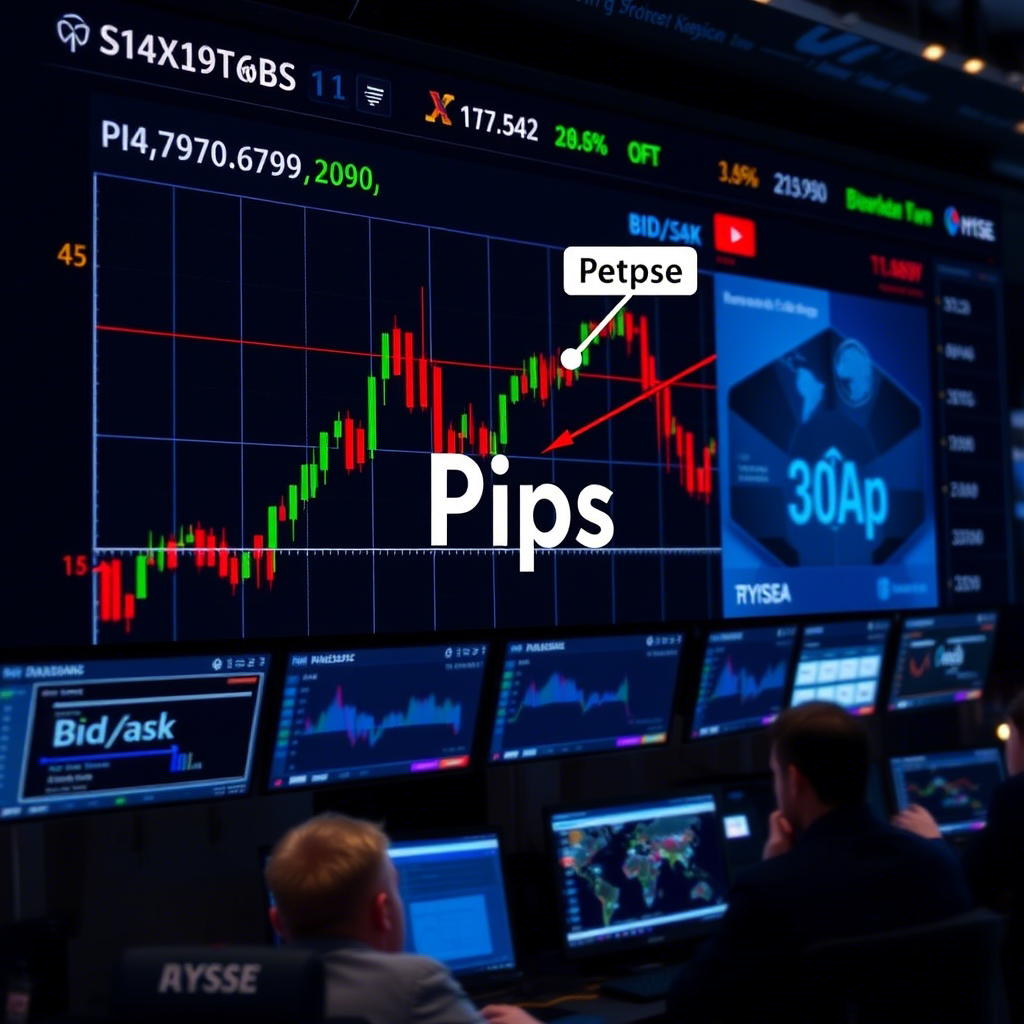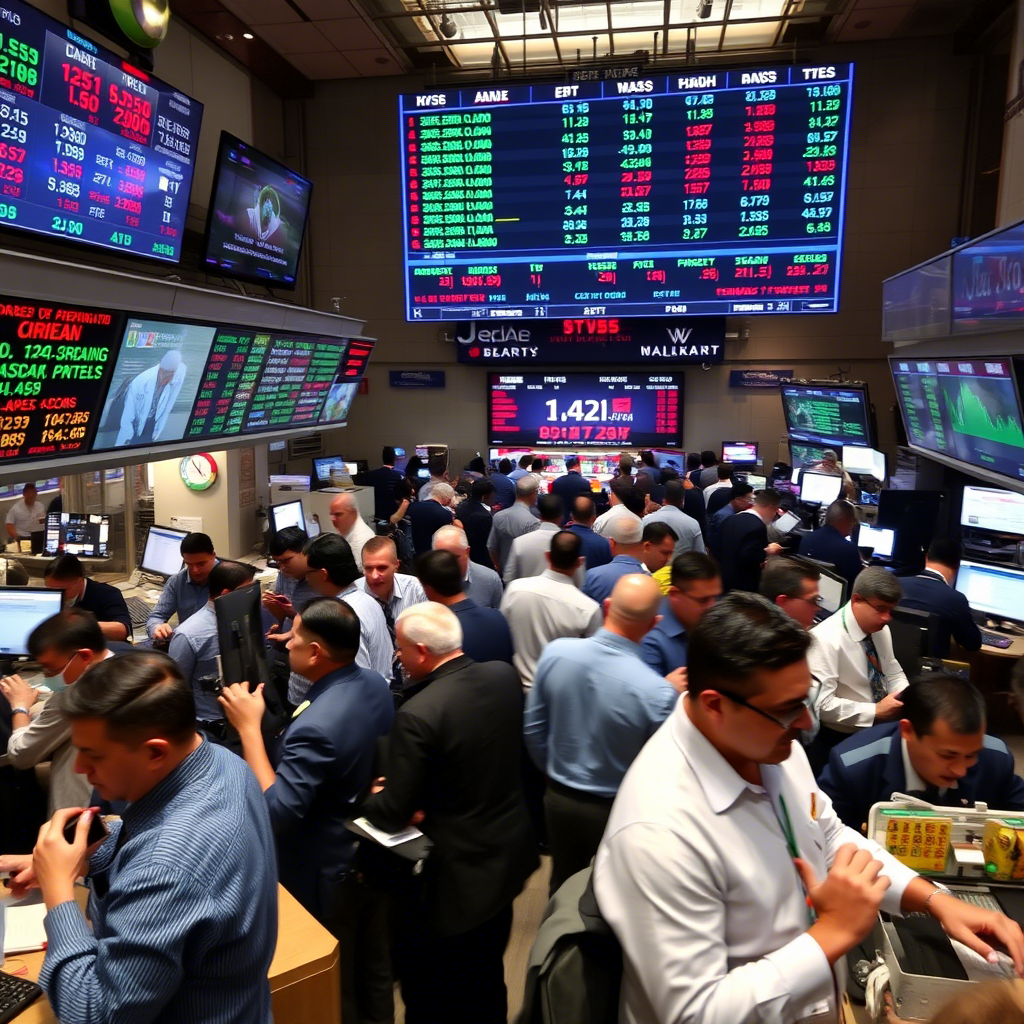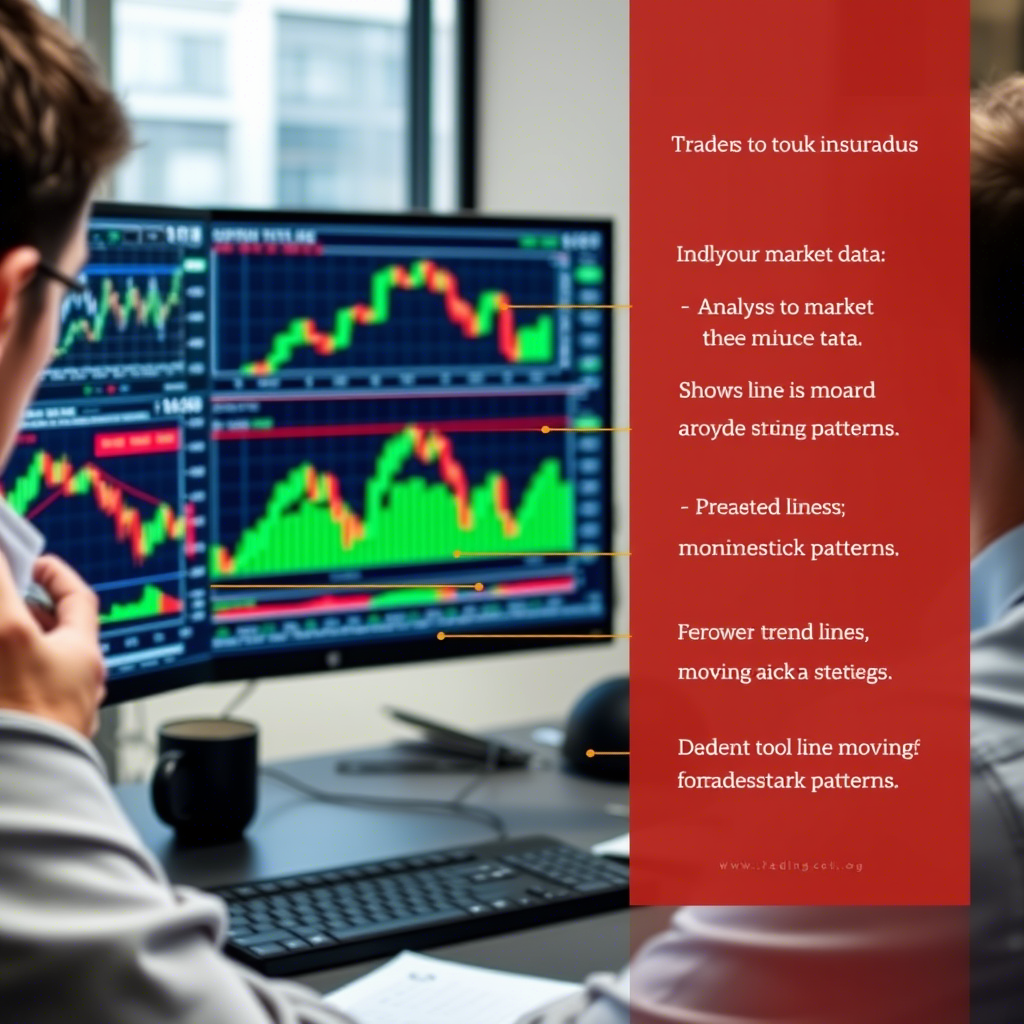Leverage in Currency Trading: A Beginner’s Guide to Maximizing Opportunities

Introduction to Leverage
Leverage is a financial tool used in currency trading (Forex) that enables traders to control larger positions than their available capital. In other words, leverage allows traders to borrow funds from a broker to increase trade sizes, boosting potential profits while also increasing the risk of losses.
What is Leverage in Forex?
Leverage is expressed as a ratio, such as 1:50, 1:100, or 1:500, indicating how much a trader can borrow relative to their capital. For example:
- With leverage of 1:100, $1,000 can control a $100,000 position.
- A 1% price movement results in a $1,000 profit or loss, compared to $10 without leverage.
The broker provides the borrowed funds, but the trader is responsible for losses, which can exceed the initial investment.
How Leverage Works
Leverage amplifies the impact of market movements. For instance:
- Without Leverage: A $1,000 account with a 1% price move yields a $10 profit/loss.
- With 1:100 Leverage: The same $1,000 controls a $100,000 position, so a 1% move yields a $1,000 profit/loss.
This magnification makes leverage attractive but risky, as losses can quickly deplete an account.
Margin and Leverage
Leverage is tied to margin, the collateral required to open a leveraged position. For example:
- A 1% margin requirement for a $100,000 position means depositing $1,000 (1:100 leverage).
- Formula: Leverage = Position Size / Margin.
If losses reduce the account below the margin requirement, a margin call may occur, requiring additional funds. Failure to comply may lead to the broker closing positions.
Benefits of Leverage
- Increased Profits: Leverage magnifies returns from small price movements in currency trading.
- Capital Efficiency: Control large positions with minimal funds, freeing capital for other trades.
- Market Access: Enables retail traders to participate in the global Forex market.
- Flexibility: Trade larger volumes in a highly liquid market.
Risks of Leverage
- Magnified Losses: Leverage amplifies losses, potentially exceeding the initial investment.
- Margin Calls: Rapid market moves may require additional deposits or lead to position closures.
- Emotional Stress: High leverage can lead to impulsive trading decisions.
- Over-Leveraging: Excessive leverage increases the risk of significant financial loss.
Choosing the Right Leverage
Selecting the appropriate leverage depends on experience and risk tolerance:
- Beginners: Use low leverage (1:10 or 1:20) to minimize risk.
- Experienced Traders: May use 1:100 or higher with strict risk management.
- Regulatory Limits: Some regions cap leverage (e.g., 1:30 in the EU, 1:50 in the US).
Risk Management Strategies
To use leverage effectively in currency trading, implement these strategies:
- Stop-Loss Orders: Automatically close trades at set loss levels.
- Position Sizing: Risk only 1-2% of your account per trade.
- Conservative Leverage: Avoid maximum leverage to maintain flexibility.
- Monitor Margin: Regularly check account levels to avoid margin calls.
- Diversify Trades: Spread risk across multiple currency pairs.
Leverage in Practice
For a trader with $5,000:
- No Leverage: A 1% move in a $5,000 position yields $50 profit/loss.
- 1:50 Leverage: The same $5,000 controls a $250,000 position, so a 1% move yields $2,500 profit/loss.
A 2% adverse move could wipe out the entire account, highlighting the risks of leverage.
Leverage Across Markets
Leverage is common in currency trading but also used in stocks, commodities, and cryptocurrencies. Forex offers higher leverage (up to 1:500 in some regions) due to its liquidity and lower volatility, though high leverage in volatile markets increases risk.
Common Leverage Ratios
- 1:10: Low risk, ideal for beginners or volatile markets.
- 1:50: Moderate, balancing risk and reward.
- 1:100: Common in currency trading, offering significant amplification.
- 1:500: High risk, used in less-regulated markets.
Regulatory Considerations
Leverage is regulated to protect traders:
- EU: The European Securities and Markets Authority (ESMA) caps leverage at 1:30 for major currency pairs.
- US: The Commodity Futures Trading Commission (CFTC) limits leverage to 1:50.
- Unregulated Markets: Some brokers offer leverage up to 1:1000, increasing risk.
Choose a regulated broker compliant with local laws.
Practical Tips for Using Leverage
- Demo Accounts: Practice leverage strategies without risking real money.
- Understand Broker Terms: Review leverage, margin, and fees.
- Stay Informed: Monitor economic events affecting currency trading volatility.
- Use Leverage Conservatively: Avoid maxing out leverage for safety.
- Stay Disciplined: Follow a trading plan to manage emotions.
Common Mistakes to Avoid
- Over-Leveraging: Using excessive leverage without risk management.
- Ignoring Stop-Losses: Failing to set limits can lead to large losses.
- Chasing Losses: Increasing leverage to recover losses often worsens outcomes.
- Lack of Knowledge: Trading without understanding leverage and currency trading.
Leverage and Trading Strategies
Leverage complements various strategies:
- Scalping: High leverage suits short-term trades with small price movements.
- Swing Trading: Moderate leverage for trades held over days or weeks.
- Position Trading: Lower leverage for long-term strategies.
Conclusion
Leverage is a powerful tool in currency trading, amplifying profits but also risks. By using low to moderate leverage, implementing stop-loss orders, and staying educated about currency trading dynamics, traders can harness leverage effectively. Choose a regulated broker, start with a demo account, and prioritize discipline to succeed in the Forex market.




